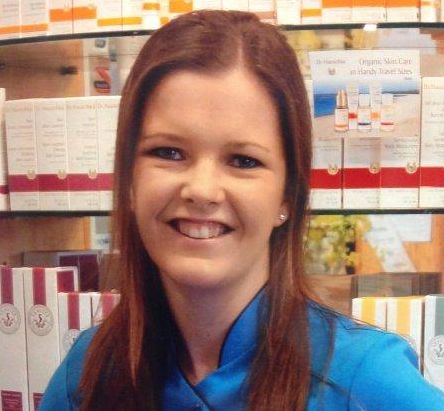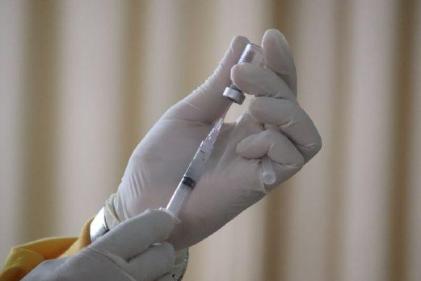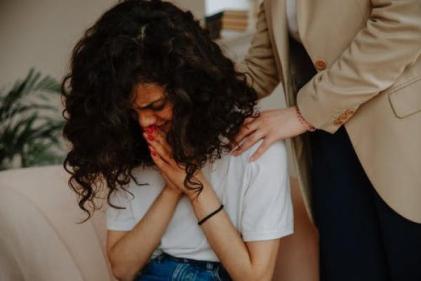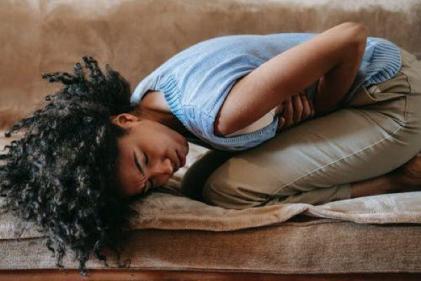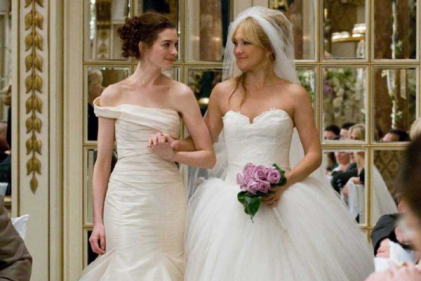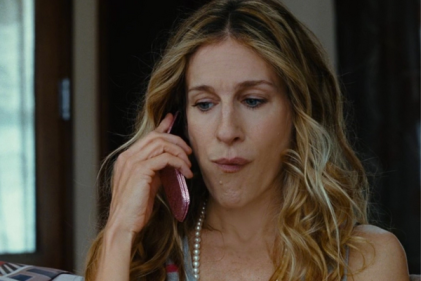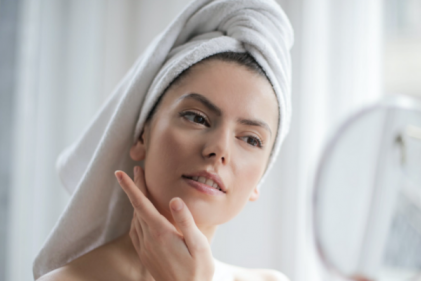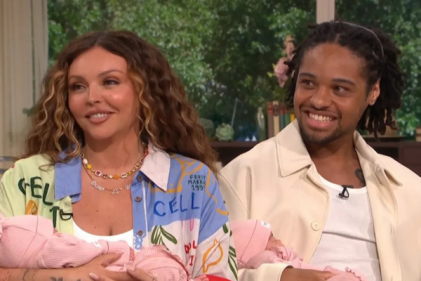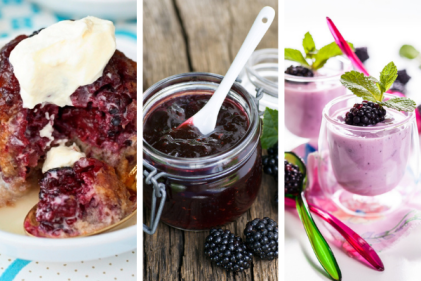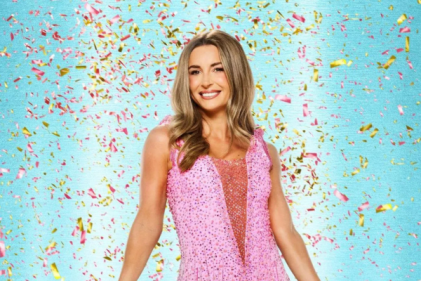
Head lice - it's one of those things that lingers in the back of your mind as a new parent. Everyone remembers getting the head pulled off them with a knit-comb during their school going years! I'd like to say we have moved on a lot from that, but i'm afraid many of the treatment options remain the same as when you or I were little. Hopefully, though, this article will give you clarity about what head lice are, how they are spread, how to treat them, and how to prevent them! I will discuss the products which are available on the Irish market, but other than that the information is the same everywhere!
Ok, I may as well get it over with - here comes the description: head lice are tiny, greyish, six-legged, wingless insects which hatch approximately the size of a pin-head and grow to around the size of a sesame seed. They live in human hair and feed on blood by biting the scalp and sucking it out. Yup - disgusting, but unfortunately, quite common. They cannot fly, jump or swim. They live for about 25-30 days. The female lays approximately 10 eggs per day. These eggs are known as nits.
There seems to be a lack of information about how common head lice actually are, as there can be a lot of cases suspected and incorrectly treated where a live infestation was not actually present. What we do know is that they can affect everyone - adults and children. They seem to be more common in children though, especially between four to 11 years of age - probably because children spend more time in close contact with each other. The peak age is seven to eight years old.
People always assume it's just the back-to-school environment that causes head lice, but really they can be spread anywhere that close contact occurs, so they frequently pass from siblings, other family members and close friends whether in school or not. Another misconception is that head lice prefer clean hair - I'm afraid they don't discriminate...a scalp is a scalp to a head lice - clean or dirty!

How head lice spread
Head lice can only be spread by direct head-to-head contact as they cannot jump, fly or swim. It is possible, but very uncommon for people to catch them off items of clothing or the towels, etc., of a person with an infestation. Head lice prefer to be on a human scalp, and so the frequency of them actually leaving the scalp to go live on a pillow case is very low.
Detecting and treating head lice
Itching associated with head lice is caused by a sensitivity reaction to their saliva on the scalp. Itching can be a sign of an infestation but does not always mean there is one! The only way to be sure is to find a live louse on your child's scalp - don't treat them for an infestation if there is not one. Other conditions such as dandruff or dermatitis could also be the cause of the itching! If you treat a child with sensitive skin for head lice and they do not have an infestation, you risk irritating their scalp unnecessarily and making the real problem worse!
It's also worth knowing that your child could have an infestation for four to six weeks before itching occurs, so I would recommend regular detection combing to pick up on an infection as early as possible. The most common place to spot head lice is at the scalp behind the ears and at the nape of your child's neck. You can use either dry- or wet-combing to detect head lice, whereas only wet-combing can be used to remove them effectively.
Wet-combing technique
Wet-combing can be used to detect head lice or to remove them. It can be done with or without head lice products like worked lotions or sprays. Wash your child's hair with normal shampoo and then apply lots of their normal conditioner. When their hair is still wet, and before rinsing the conditioner out, use a normal comb to detangle the hair. Once all of the knots and tangles are gone, switch to a fine-toothed comb. This comb should have teeth spaced 0.2-0.3mm apart and can be purchased in pharmacies.
Systematically work through small sections of your child's hair, using the comb to move through, starting touching the scalp right down to the ends. Examine the comb for live lice and remove lice by wiping or rinsing the comb in between every comb. It is essential that every section of the scalp is gently but thoroughly worked through. Once complete, rinse the conditioner out of their hair and repeat the process. You need to do this on days three, six, nine, twelve and fifteen if there is an infestation, so that young lice are removed as they hatch.

Dry-combing is completed using the same technique on dry hair. Once you find a head lice you can choose to try to treat the infestation using the wet-combing technique or by also using a head lice product. Here is what needs to be considered:
- Does your child have asthma, sensitive skin or dermatitis? If so, do not use an alcohol-based product; you need an aqueous based one, which in essence means a water-based product. An alcohol base could burn and irritate sensitive skin or cause a flare up of asthma.
- Always use alcohol-based products in well ventilated rooms and away from sources of heat or flames.
- Only ever use a head lice product if live lice have been detected.
- If your child is under six months, see the doctor for advice on treatment.
- Read the instructions of every product before use, as some require application to wet hair and some to dry hair!
There are a couple of options of products to choose from when treating head lice. Traditionally, a product which contains phenothrin or permethrin - which are chemical insectides known as pyrethroids - would have been first choice. These kill the lice and can be reapplied after seven days to ensure any lice hatched from eggs which survived the first treatment are killed.
Due to issues with lice sometimes developing resistance to these products, newer preparations tend to be recommended first. Newer products contain silicone-based products, such as dimeticone, and they act by physically suffocating the lice rather than killing them chemically. I would recommend a lotion or spray - not a mousse, shampoo or creme rinse, as they do not saturate the hair and scalp thoroughly enough and do not make good enough contact with the scalp to be effective.
Always use enough lotion or spray to cover the full scalp and right through to the ends of the hair. I'll give you a little summary of the main products on the market, to try to make it a little clearer before you have to make your choice.
| Product | What It contains | How long it takes | Tips |
| Lyclear Spray | Dimeticone (not a pesticide) | Leave in for 15 mins | Apply to dry hair. Rinse out with normal shampoo. Suitable from six months. |
| Lyclear Sensitive | Oxyphthirine (not a pesticide) | Minimum 8 hours | Alcohol and perfume free. Suitable from six months. |
| Lyclear Crème Rinse | Permethrin 1% (This is a chemical insecticide) | Leave in for 10 mins | Apply to washed and towel dried hair. Suitable from six months. |
| Full Marks Solution | Cyclometicone (not a pesticide) | Leave in for 10mins | Only suitable from two years. Contains Alcohol which may irritate sensitive scalp. |
| Full Marks Solution Spray | Cyclometicone (not a pesticide) | Leave in for 10 mins | Only suitable from two years. Contains Alcohol which may irritate sensitive scalp. |
| Hedrin Once | Dimeticone (not a pesticide) | Leave in for 15 mins | Liquid gel. Alcohol Free. Suitable from six months |
| Hedrin Treat and Go (somes in spray or mousse – I recommend the spray) | Actividiol 5% | Two 8 hour (minimum) treatments seven days apart. But It is non-greasy and easy to wash out. |
Can send child to school etc with this on as it is non greasy. Can leave on over night. Suitable from six months. |
All of these products are available here and we do free delivery on all orders over €40! http://www.milltownpharmacy.ie/cat/head_lice
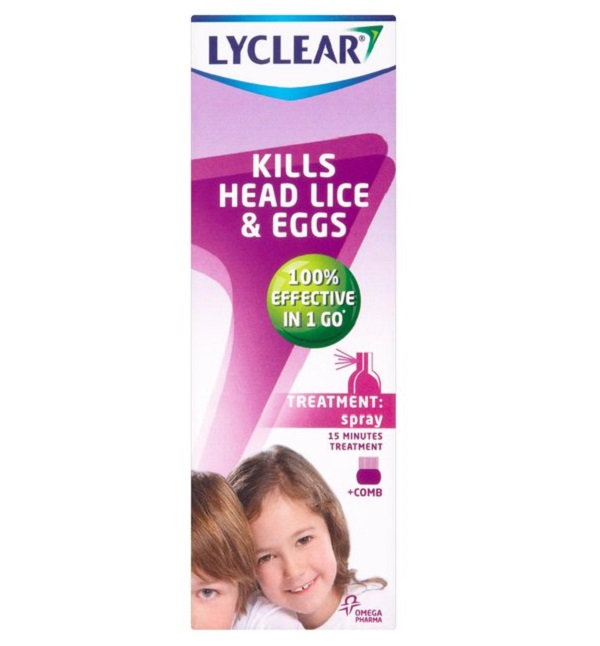
There are other shampoos and mousses on the market, but I really would stick with the lotions, solutions and sprays, as they are more effective. There are also some repellents on the market. There isn't much in terms of scientific evidence to back the claims of head lice repellents, but they are unlikely to cause harm. Anything is worth a try so long as it is safe, and these products generally just contain essential oils to add a subtle fragrance to your child's hair to distract and deter head lice.
One example is the Nitty Gritty defense spray - this is a blend of essenstial oils, which claims to deter lice by masking your scalps natural aroma so the lice are less likely to migrate. It smells nice and will leave your child's hair well conditioned, which is always a plus - it will be easier to brush and comb for one thing!
Another repellent is Lyclear Head Lice Repellent. This contains plant extracts and is suitable from 12 months of age. It's non-greasy and you just spray it on to towel dried hair in the morning. The problem with this one is that you can't blow dry the hair afterwards, and if your child is heading out to school this isn't really practical as, whilst they may not catch lice, they could instead catch a cold!

Tips
- Comb their scalp over a piece of white paper during detection, combing to make it easier to see a louse.
- Check all of your family, and let close friends know if you detect any lice.
- Treat the source of the infestation. If you suspect another child of having a persistent case of headlice which is causing your child to catch them, it is best to try to have that child treated too, otherwise re-infection will occur. For the record, I'm not suggesting you start rubbing a bottle of Lyclear onto other people's children's heads - merely have a diplomatic conversation about how your child has an infection, and as they are such good friends and spend so much time together it might be no harm for them to be treated also. Mention the name of the product you found great and easy to use. You see - it's totally possible to do without losing friends and alienating all potential babysitters!
- After treating your child's scalp, wash their bed clothes on a wash over 60 degrees, or on a normal wash followed by a 15-minute tumble dry. This ensures live lice are removed from bedding, even though it is unlikely for them to spread this way.
- When there is an outbreak in your child's school, encourage children with long hair to wear it tied back.
- Ask your children not to share hats, scarves, superhero masks or tiaras!
- Once you have treated your child, it's no harm to routinely wash all the bed linen at sixty degrees, and hoover the house and car including child seats.
Well, thanks for reading. If you have managed to get through that without scratching your head at least 15 times, I commend you - my scalp is raw thinking about the little things for a few days solid!
I hope you found this information helpful, and as always, don’t hesitate to contact me on the WonderBaba Facebook page with any questions or for one-to-one advice for your little one. You can also consult with me in person at Milltown Totalhealth Pharmacy in Dublin 6, or over the phone on 012600262. For products, click on this link.

